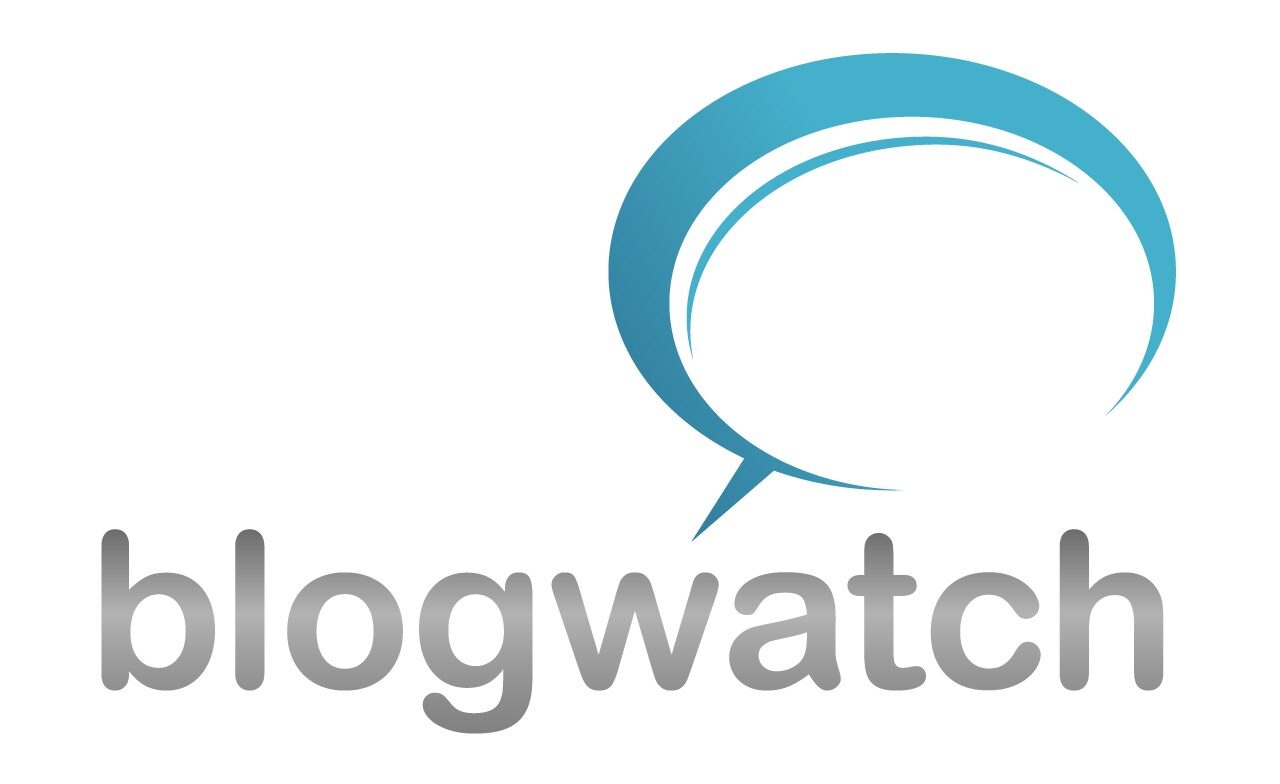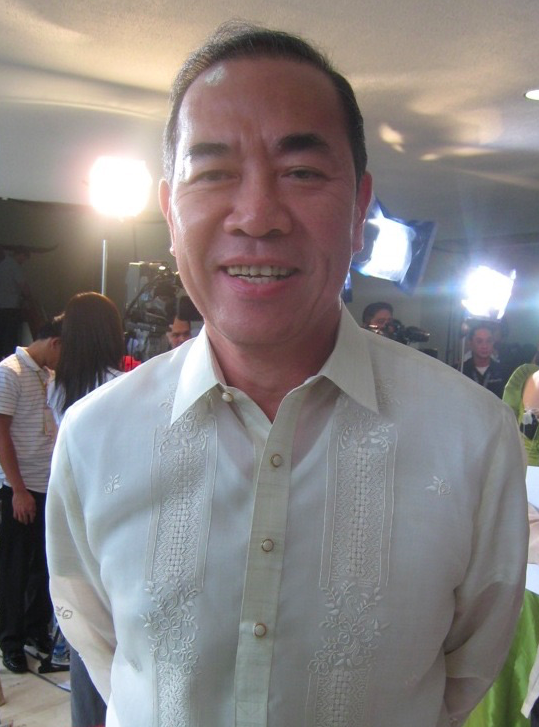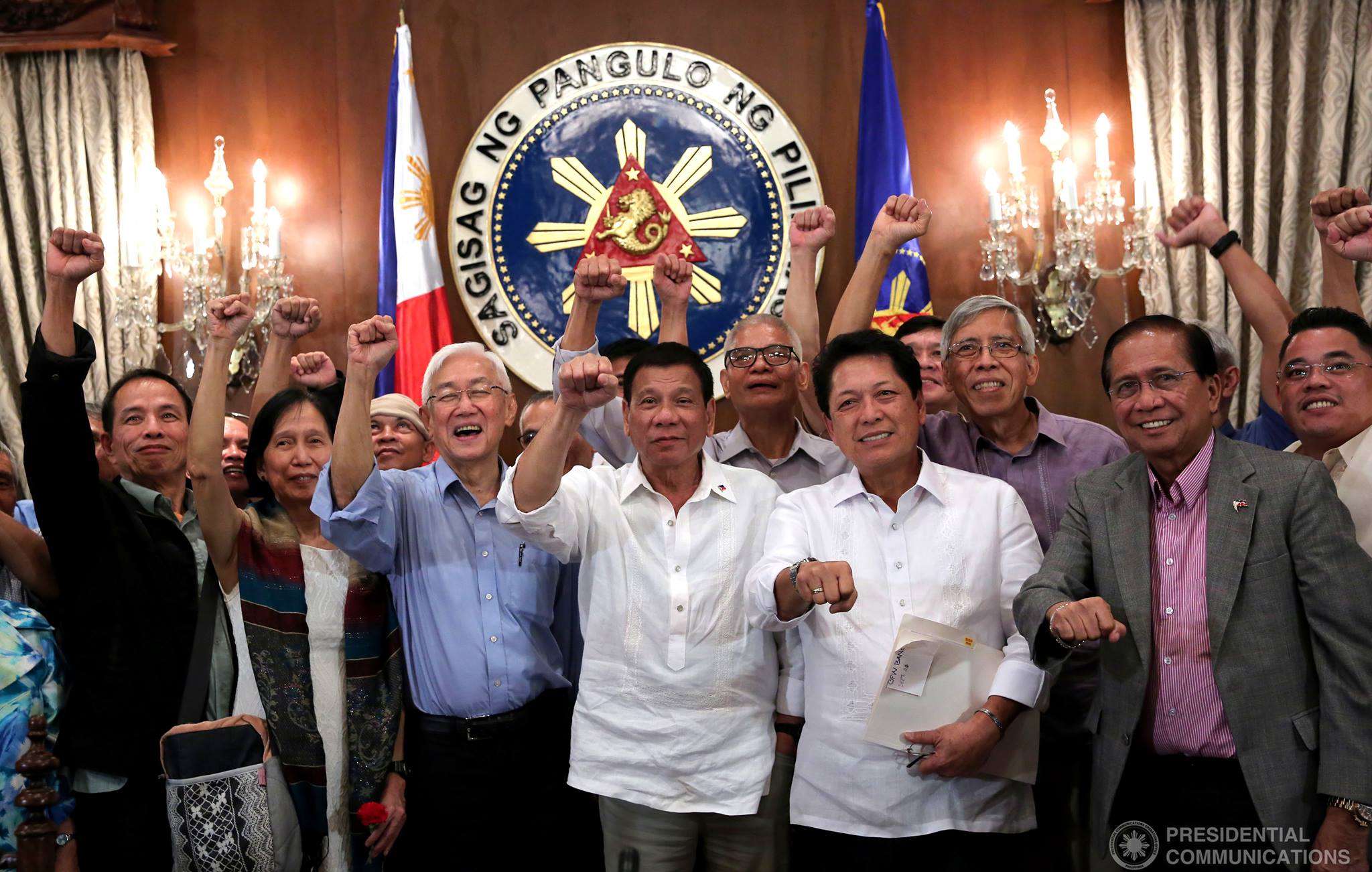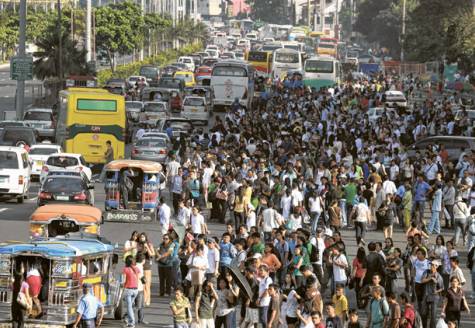Citizen Engagement: A Mission Possible?
The participative role of citizens in governance is still quite new for a lot of Filipinos. We have long left governance to our elected officials and focused instead on our studies, careers, businesses, and families. Civil society organizations formally engage government and the private sector. But for the ordinary man on the street, government officials are elected so they could take care of public services, pass laws, and formulate policy. Frankly, for so many of us, we would rather not have anything to do with ‘dirty’ politics. As long as we pay our taxes, that is enough contribution to running this nation.
The Growing Global Growth of Citizen Engagement
Globally, however, technology has been changing how people connect and engage. Social media interconnectivity not only broke down bureaucratic borders but also set the stage for increased citizen engagement, especially digital engagement.
The World Bank, in its first course offering for Massive Open Online Courses (MOOC) under the Coursera platform, chose “Citizen Engagement”. While there is a much broader concept of citizen engagement, the World Bank chose this narrower definition which happens to define how we in Blog Watch are engaging:
Citizen engagement is the “two-way interaction between citizens and governments or the private sector that give citizens a stake in decision-making, with the objective of improving development outcomes.”
The operative word: “two-way”. The feedback loop must go from top to bottom and back up. Government may provide information for citizens to act upon but if there is no process that allows feedback from the citizenry back up to government with that process looping over and over, then the engagement stays one-way.
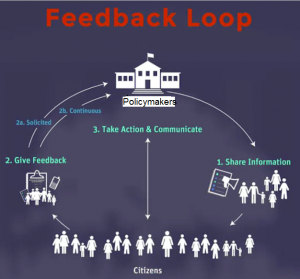
Citizen Engagement is NOT New
Citizen engagement has been around for centuries in different forms, as we learned during the World Bank MOOC. Ancient tribal societies, for example, governed through consultation and consensus. Even as far back as 25 centuries ago, ancient Athens had a unique citizen participatory system that tapped into the people’s creativity for the greater good of the people. More importantly, the system was organic in nature, growing from the people’s needs and translating into government actions.
What happened between then and now? Did industrialization and the modern lifestyle make us too busy? Have roles become so specialized that we began believing that governance was the sole role of elected and appointed officials? Whatever the reasons, engagement is changing, specifically, digital engagement….and social media is enabling it.
Have Social Media….Will Engage
Online citizen engagement in 2009, the year we started Blog Watch, was almost non-existent. The reason was simple. Not many people/agencies in government were present on social media. In fact, very few in the private sector, including brands, had social media accounts. There was hardly anyone to engage.
There was one thing we knew deep down — that once public officials, government agencies, legislators, civil society organizations, and fellow netizens opened social media accounts, real conversations could happen. Citizens could present advocacies, give feedback, submit complaints, make requests, and communicate almost anything directly to the people or agencies concerned. They could participate in shaping policies and effecting change in society. In fact, customer service was likely to improve with brands and customers engaging in direct, two-way communication.
We pressed on. The Twitter account @govph was created July 2010, soon after Pres. Aquino’s inauguration; @PCDSPO (now called @PresidentialCom) was set up September 2010. Surprisingly, the Department of Health (DOH) was an early starter, having been on Twitter since 2009. These were good places for us to start. Whenever we could, we tried engaging and tagging these accounts on a wide range of issues. Eventually, other departments and public servants came online as social media use grew.
Below is a graph of some of the departments and the dates they opened Twitter accounts.
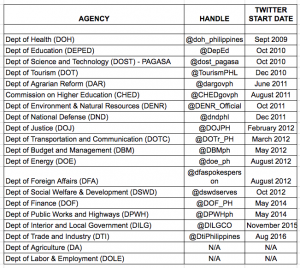
By now, most government agencies and a slowly rising number of legislators, local government officials and local government units (LGUs), as well as civil society organizations, are online. I cannot say that they all use social media as effectively as they should but their online visibility is a good start for citizen engagement.
Citizen Engagement Works!
The World Bank course introduced us to several projects that showed the possibilities if citizens and government worked hand in hand. One was a UK-based online platform, FixMyStreet, which allowed citizens to report infrastructure problems to authorities. These would include potholes, broken streetlights and graffiti. FixMyStreet would forward the report to the relevant authorities. Once the reported problem was resolved, the citizen would be informed.
Locally, we can cite several instances of ongoing citizen engagement. There are the Bayan Patrollers who send in video reports about things needing fixing in their neighborhoods and the actions of the agencies concerned are documented as well. Blog Watch’s very own #epalwatch campaign, started in 2012, involved citizens watching out for epal public servants and their potential misuse of public funds. Along with other anti-epal campaigns, #epalwatch has helped press government to act. Actual policies were put out by the Commission on Elections and the Commission on Audit covering epal acts.
When Ondoy flooded Metro Manila and surrounding areas in September 2009, the Dept of Education, PAGASA, NDRRMC and CHED were not yet on social media. Requests for rescue had to be communicated the traditional way – via radio and TV. Netizens, including myself, tried to disseminate information on Twitter, but our efforts were scattered and uncoordinated. However, by the time Habagat 2012 happened, all four agencies had a social media presence (although CHED’s is still inactive) and #RescuePH became a universal hashtag used by media, agencies, and netizens alike.
The Challenges
There are challenges that still need to be hurdled.
1. Learning the art of “thin engagement”.
Most governments, as the World Bank MOOC noted, are used to “thick engagement” with citizens. These engagements are usually formal and structured like town halls, forums, conventions, and organized meetings. The broader spectrum of citizens, however, do not always attend such thick engagements, but on social media, their opinions, feedback and suggestions are expressed easily, rapidly, and oftentimes these become viral. This is ‘thin engagement’. A government that knows how to delicately balance and listen to citizens in both thick and thin engagements will have a much greater advantage in governance.
2. Recognizing citizens as partners in participatory governance
Citizens do not necessarily have a political agenda when we engage government. Unfortunately, our local politics have become so partisan that anyone who engages in political discussions is suspect. Whose side is she on? What does he gain financially from all this? What are their motives?
Isn’t it just possible that citizens (and I include others besides Blog Watch) just want to be involved? That the higher intent is to help in whatever way to make the country a better place for our kids? We all have a stake in this country. Social media has brought us that much closer to direct interaction with the people who can effect change. It is but natural that we use social media to skip all the middlemen and converse directly with government whenever we can.
3. Bringing citizen engagement down to the smallest unit of government
While conversations at the national level are already possible due to social media visibility of national agencies, the greater and immediate impact on people’s lives happens at the barangay level. Over time, I hope that all local government units (LGUs) will have their own Twitter and Facebook pages to make them more readily accessible to their constituents for two-way interaction.
4. Neutralizing the trolls
The biggest distraction from proper citizen engagement so far has been the trolls. They come from different camps and choose to jump on citizens who express views online that differ from theirs. They are nasty, obnoxious, insulting, throw ad hominems, or worse, threaten physical injury. Helpless, citizens have told me publicly and privately that they are becoming cynical and jaded about engaging online. I have no clear answers for them except to tell them that to back down now is to help the trolls achieve the reason for their existence. This is the time to take social media back to what it should be — a channel for free expression that recognizes and respects differing points of views.
Noemi (Dado) and I took the World Bank course on Citizen Engagement more out of curiosity than anything else. We came out of it inspired and motivated. The lessons and stories, both from the World Bank faculty and the participants, confirmed that our experiences in Blog Watch were part of growing ripples of citizen engagement worldwide.
A certain Justice Louis Brandeis once said: “The only title in our democracy superior to that of President is the title of citizen.” That is US! You and I. If we persevere in engaging government, participatory governance, where citizens make a difference, can surely become MISSION POSSIBLE!
This post is supported by a writing grant from the Philippine Center for Investigative Journalism (PCIJ)
